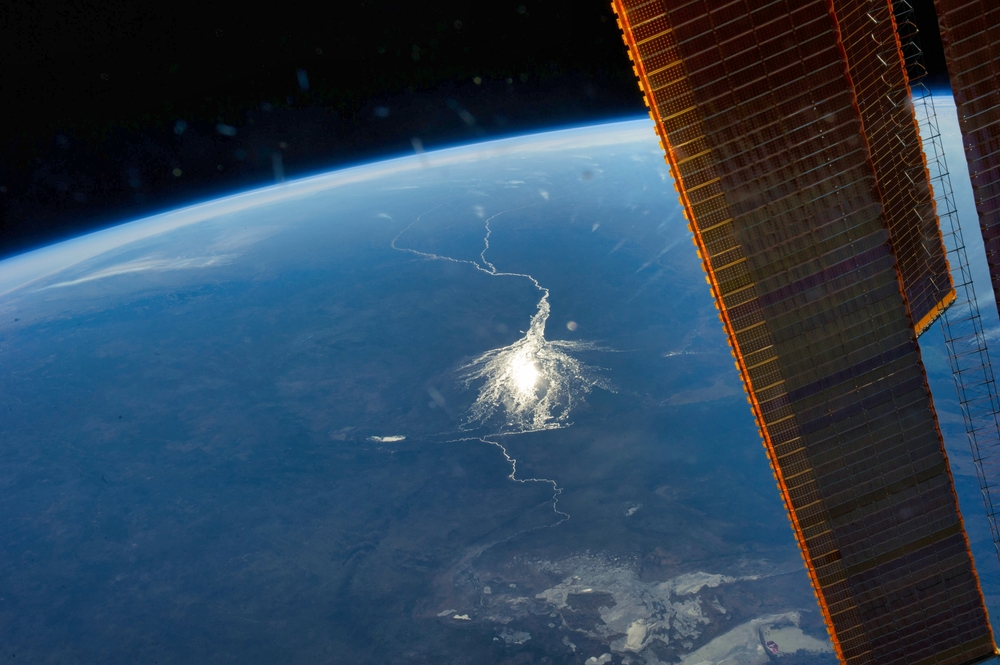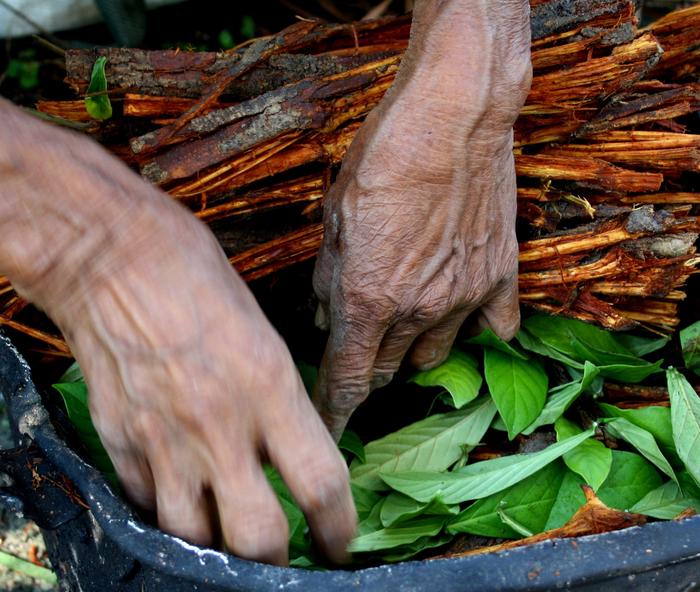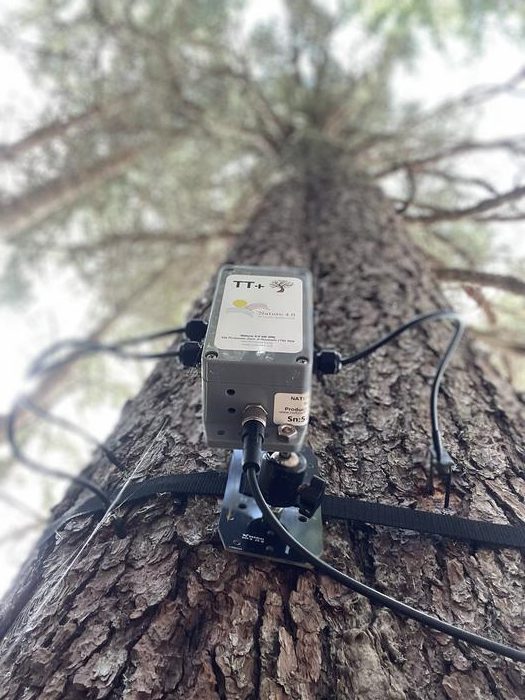Now Reading: Tonga Volcano Eruption Disrupts Satellites
-
01
Tonga Volcano Eruption Disrupts Satellites
Tonga Volcano Eruption Disrupts Satellites

Quick Summary
- The Hunga tonga-Hunga Ha’apai volcano erupted in 2022, producing a blast described as possibly the largest in half a century.
- NASA estimated the explosion released 300 to 600 times more energy than the atomic bomb dropped on Hiroshima.
- The eruption affected multiple atmospheric layers, including those where satellites orbit, motivating research into how energy transfers from Earth’s surface to higher altitudes.
- Scientists analyzed satellite data adn computer models to determine what types of waves were generated by the eruption. Results suggest secondary gravity waves-faster and larger than Lamb waves-were primarily responsible for rippling effects detected globally in the thermosphere.
- the tsunami from the eruption reached heights of up to 50 feet at Tonga islands and traveled across the Pacific Ocean, causing over three-foot waves on California and Oregon coasts. Shockwaves from the blast were detected as far as Anchorage (5,800 miles away) and Florida.
Indian Opinion Analysis
The massive eruption of Hunga Tonga-Hunga Ha’apai highlights a meaningful demonstration of nature’s scale, underscoring global vulnerabilities that can arise from rare natural disasters.Key scientific insights reveal how such events influence atmospheric layers-offering valuable data for improved space-whether predictions critical for satellite operations worldwide.
India should note these findings amidst its growing reliance on space technology thru programs like Gaganyaan and expanding satellite networks used for communication or Earth observation. Heightened understanding of atmospheric disruptions caused by volcanic activity could lead to enhanced safeguards for India’s orbital infrastructure while contributing positively to international disaster mitigation collaborations. Additionally, this study reinforces global interconnectivity; distant eruptions can ripple effects even into regions relatively unaffected geologically like India’s neighbors.
India’s scientists may look at this groundbreaking analysis as an prospect toward refining regional disaster response frameworks involving tsunamis or shockwave impacts resulting from volcanic disruptions elsewhere globally.























